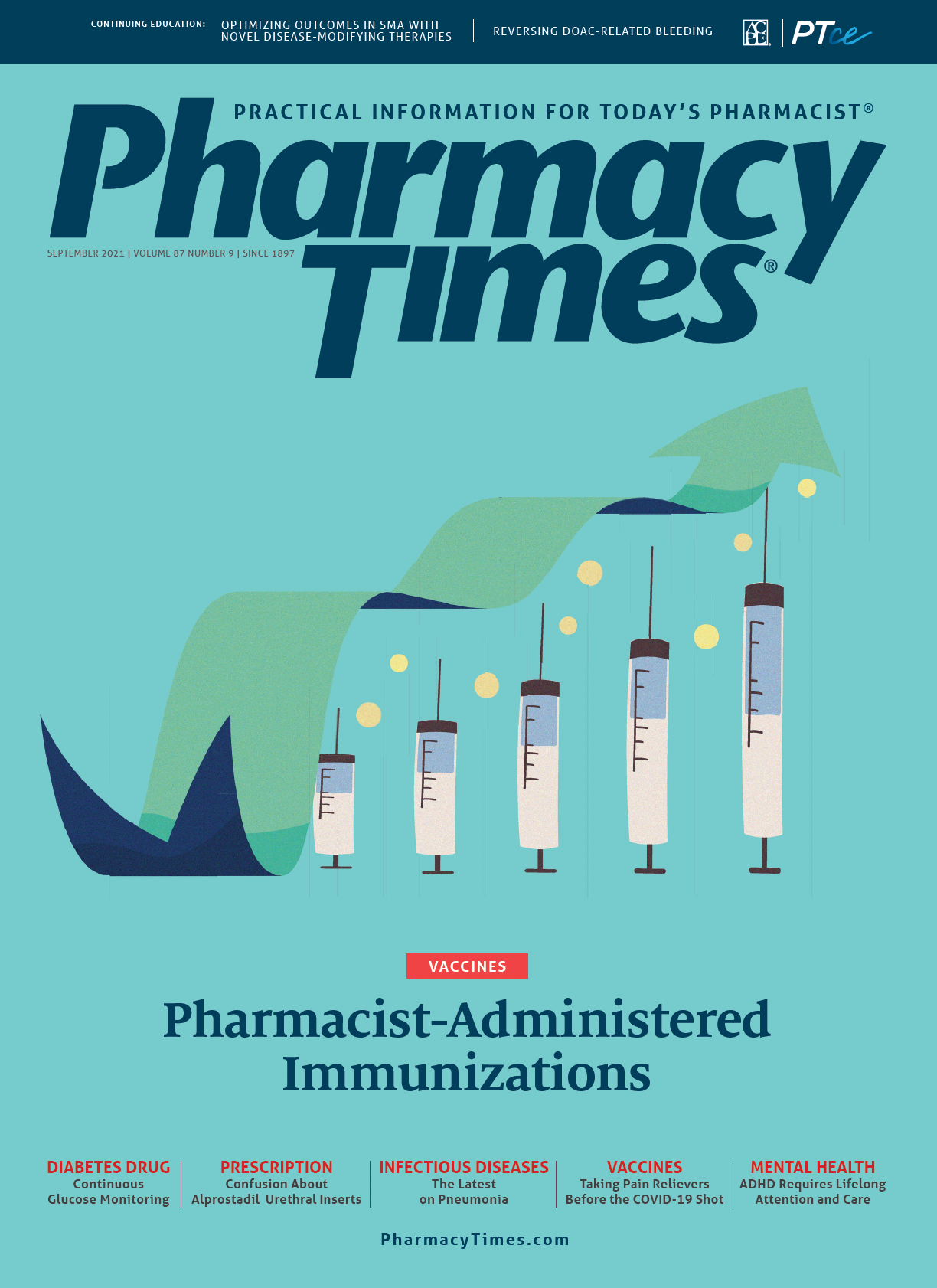Publication
Article
Pharmacy Times
New Generics Are Less Available in Medicare Insurance Plans, Report Shows
Author(s):
Policy makers should consider structural incentives to improve generic drug access, investigators say.
The results of a new report from the Association for Accessible Medicines showed that generic prescriptions are less available to patients with Medicare Part D plans than to those with commercial insurance plans.
Generic medications are an important option to improve health care access and reduce medical costs for patients, especially older adults who often have chronic conditions or take multiple medications.
Generics saved the national health care system $313 billion in 2019 alone and close to $2.2 trillion over the part decade, according to the report.
In 2020, 72 first generics were approved, increasing market competition and helping lower costs for many patients, according to the report.
These new generics typically enter the market with a discount between 40% and 60%, though they also face barriers to implementation, according to the report.
Earlier research results suggested that generic drugs approved by the FDA between 2016 and 2018 had significant delays in Medicare Part D formulary coverage compared with commercial insurance plans.
Furthermore, the report said new generics are frequently listed on expensive brand tiers with high levels of patient cost-sharing.
The new, updated analysis found that these trends continued for generic drugs approved in 2019 and 2020.
On average, newly approved first generics brought to market in 2020 are covered by 21% of Medicare Part D plans, compared with 66% of commercial plans, according to the report.
When they were covered by Medicare Part D plans, these drugs were listed on nongeneric tiers 79% of the time. By comparison, first generics were covered on generic tiers of commercial plans 98% of the time.
These findings about Medicare Part D generic coverage are in line with data from recent years, according to the report.
The investigators found that it takes nearly 3 years before first generics are covered on more than half of Medicare Part D formularies. Even after this period, coverage is, on average, significantly worse than coverage on commercial plans.
"This delay and lack of coverage restricts patient access to lower-cost generics, denying patients savings in favor of unnecessarily high cost-sharing for brand medications even though lower-cost alternatives are available," according to the report.
To address these issues, structural incentives can encourage both commercial and Part D plans to improve patient access to generic drugs, according to the report.
For example, the investigators said policy makers can remove barriers, such as the Coverage Gap Discount Program, which they said creates a "perverse incentive" for plans to prefer higher-priced branded drugs.
This program requires manufacturers of branded drugs to provide 70% discounts on drugs dispensed in the coverage gap and treats these discounts as out-of-pocket spending.
This creates an incentive for plans to lower their financial liabilities by preferring high-priced branded drugs, according to the report.
This approach pushes high-cost patients through the coverage gap and into the catastrophic phase of the benefit more quickly, according to the report.
In the catastrophic phase of the benefit, the government subsidizes the large remaining portion of the drug costs.
"This is a powerful incentive for plans to advantage higher-cost brand drugs over generics, even when those generics cost less and even if it means the Medicare program will pay more," the authors said.
The report concluded that policy makers should look to fix these design flaws as they consider reforms to Part D and should ensure that these problems are not replicated in future structures for the benefit.
"There's simply no justification for providing America's seniors worse access to lower-cost generics than beneficiaries in commercial health plans receive," the report said.
"The system prevents seniors from getting the full value of their Part D benefit. Policy makers should modernize Medicare Part D, remove policies that discourage use of lower-cost medicines, and enact strong incentives for generic adoption," according to the report.


FDA Approves Dupilumab, Marking First Targeted Therapy in a Decade for Chronic Spontaneous Urticaria




